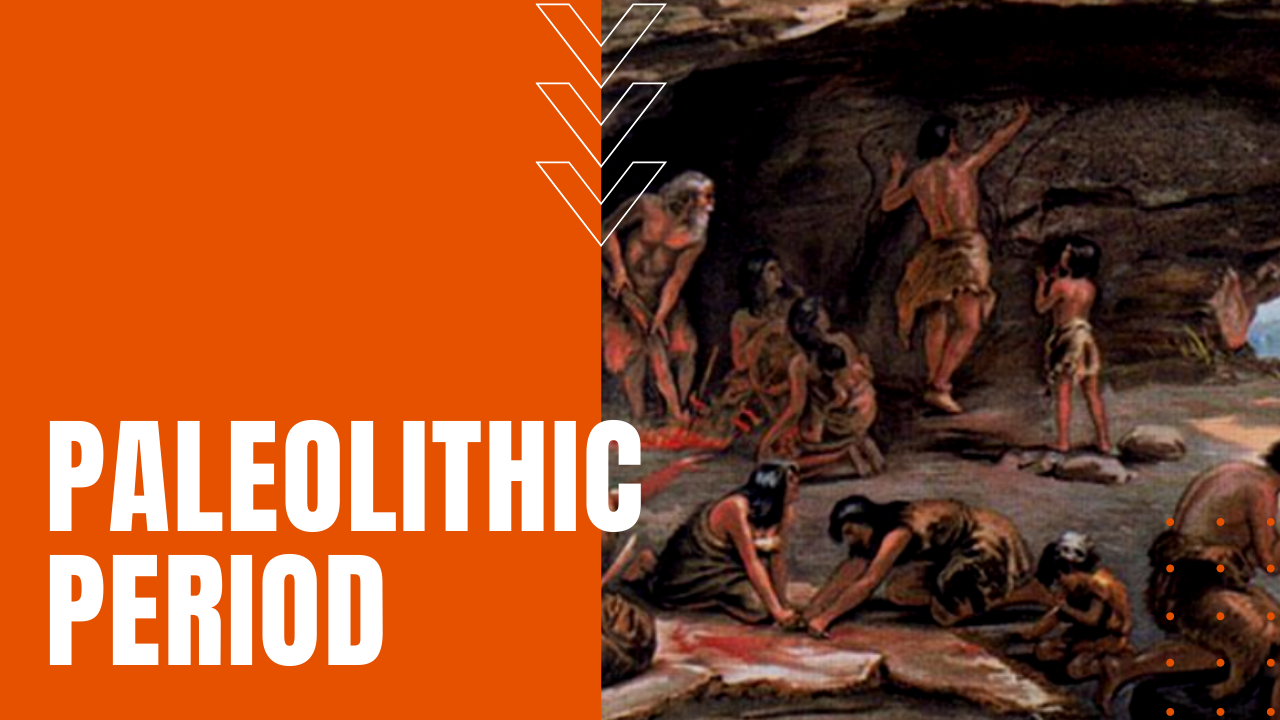Paleolithic Age

Sometimes referred to as the Old Stone Age, the Paleolithic Age in human prehistory saw the slow adoption of stone tools, increasing hominins’ survival and productivity from 3.3 million years ago to the end of the Pleistocene Epoch, approximately 11,650 years ago.
During the Paleolithic Period, hominins banded together in social groups, subsisting as hunter-gatherers who employed stone, bone and wooden tools, along with leather and vegetable fibers to manipulate their environments. While most of the early Paleolithic Period saw little diversity and innovation in tools and other artifacts.
Upper Paleolithic Period
About 50,000 years ago, archeologists have cataloged a marked increase in the sophistication of tools, artwork and weaponry. Early Homo habilis slowly evolved into anatomically modern humans by the Upper or late Paleolithic Period, matching modern humans both in appearance and behavior, including the advent of religious or spiritual behaviors such as burying the dead, as well as rituals of supplication to mythological gods.
Climate conditions during the Paleolithic Period flip-flopped several times from glacial to interglacial, triggering significant periodic fluctuations between warm and cool temperatures, causing waves of forced human migrations that peopled the earth. Approximately 45,000 years ago, the first humans reached Europe, while Australia was reached 40,000 years ago.
Human Paleolithic remains found in Japan date back 30,000 years ago, while Siberia and the Arctic Circle witnessed the arrival of humans some 27,000 years ago, making the Paleolithic Period an evolving, no doubt difficult time for early man.
